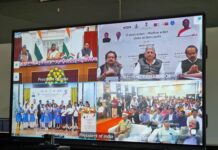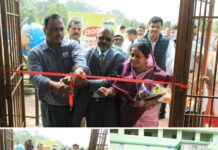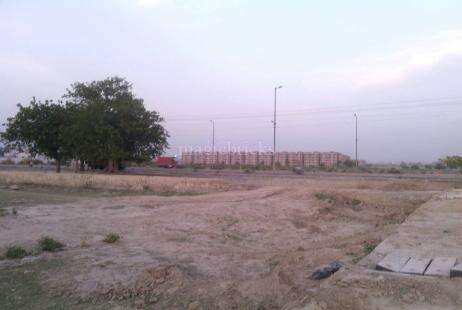By Our Correspondent
NEW DELHI:Union Minister of Commerce, Industry and Railways Piyush Goyal, in a written reply in the Rajya Sabha on Wednesday said that the Government has integrated Industrial Information System (IIS) portal with the GIS System of 6 States in first phase to provide updates on land availability and plot level information to investors anywhere in the world on real time basis and help them make informed decisions.
For the development of National Land Bank, Government intends to solicit the details of industrial land with plot level information, connectivity thereto, basic facilities, other facilities available and contact details of authorities/developer of the park. Government agencies are provided with unique User ID and password to upload the land details. However, the other investors can go to https://iis.ncog.gov.in/parks and simply register on the portal by creating a username and password and login to see the information available on the portal, he said.
Jharkhand is one of the eight states in the second phase of integration of state land bank/GIS systems with the IIS portal. The state has uploaded land data manually on the portal in the past. The state is yet to align its portal as per the Standard Operation Procedures (SOP) of integration of the two systems. The technical teams of State of Jharkhand are in touch with MeitY team who are providing technical support to develop the GIS Based National Land Bank under IIS, Goyal said.
The Minister futther said Industrial growth depends on a number of factors including structural, external, fiscal and industrial factors. The moderation in India’s industrial growth coincides with deceleration in growth of global output. The sudden outbreak of COVID-19 has severely impacted some of the major economies of the world. It has affected countries across the globe including some of the major players like USA, European Union, UK, and India. Both World Bank and IMF estimate contraction in global GDP for FY 2020-21 due to the spillover effects of the lockdown to curb the spread of COVID-19 pandemic. Various sectors were affected due to the nation-wide lockdown. However, after the lockdown was relaxed, improvement has been witnessed in several sectors of the economy.
Relief measures have been taken for MSMEs such as collateral-free lending program with 100 percent credit guarantee, subordinate debt for stressed MSMEs with partial guarantee, partial credit guarantee scheme for public sector banks on borrowings of non-bank financial companies, housing finance companies (HFCs), and micro finance institutions, Fund of Funds for equity infusion in MSMEs, additional support to farmers via concessional credit, as well as a credit facility for street vendors (PM SVANidhi), amongst others.
Several Regulatory and compliance measures have been taken, viz. postponing tax-filing and other compliance deadlines, reduction in penalty interest rate for overdue GST filings, change in government procurement rules, faster clearing of MSME dues, IBC related relaxations for MSMEs, amongst others. Structural reforms have been announced as part of the Aatmanirbhar Package which, inter alia, include deregulation of the agricultural sector, change in definition of MSMEs, new PSU policy, commercialization of coal mining, higher FDI limits in defence and space sector, development of Industrial Land/ Land Bank and Industrial Information System, revamp of Viability Gap Funding scheme for social infrastructure, new power tariff policy and incentivizing States to undertake sector reforms.
Government has launched National Infrastructure Pipeline, expanded Phased Manufacturing Programme, Production Linked Incentive Schemes and is creating Centralised Investment Clearance Cell for end to end support for investment. Empowered Group of Secretaries and Project Development Cells have been set up to facilitate domestic and foreign investment. Further, reduction in EPF contributions, employment provision for migrant workers; insurance coverage for workers in the healthcare sector; and wage increase for MGNREGA workers and support for building and construction workers, collateral free loans to self-help groups are some other relief measures.
Common digital platform for Certificate of Origin has been launched to facilitate trade and increase Free Trade Agreement utilization by exporters. Government is promoting districts as export hubs by identifying products with export potential in the District, addressing bottlenecks for exporting these products and supporting local exporters/manufacturers to generate employment in the District.






















